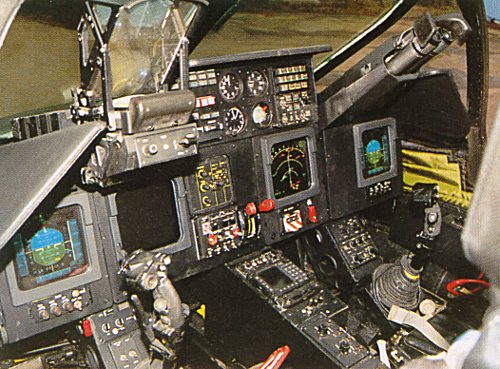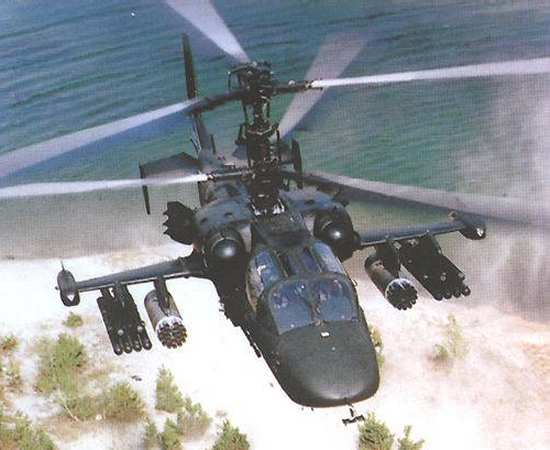"People who dont learn from history are bound to make the same mistakes"
I believe that after the Falkland War, a inquiry into why the British ships suffered such severe damage from the exocet missile, was due to the cost saving measure of using aluminium in the superstructure? What confidence would a serving man have of his ship, if he knows its survivability is severely compromised to save a few dollars/francs
The Type 42 destroyers, of which HMS Sheffield was a member of that class, had no aluminum in their superstructures. None. How that lie manages to survive is beyond me. Those ships are all steel, I have personally stuck a magnet to the superstructure of HMS Southampton just to verify this to myself.
There are specific reasons HMS Sheffield sank, and these can be read in the Royal Navy Board of Inquiry available on line. The main cause was that the missile severed the ships fire main, and the damage could not be isolated. The ship lost all power so the ships own built in dewatering pumps could not be used. Gas turbine powered damage control pumps were tried but when the chips were down, these too failed to operate correctly. I think four different ships contributed these pumps and all of them failed. The ship lost internal communications and, with the center of the ship ablaze, remaining crew forward and aft could not effectively communicate with each other. Last, design failures in the superstructure prevented smoke and fire boundries from being set, and smoke filled the superstructure almost immediately after the hit. Where wire runs penetrated bulkheads in the superstructure there was no sealant to block the movement of flames and smoke. Water tight integrity is not necessary in the superstructure, but flame and smoke boundries were overlooked by the ship's designers. Ditto where pipes penetrated superstructure bulkheads there were openings. These became the paths for the fire to spread in the ship's upperworks. The RN, like many other navies, also has a bit of decorative wood in their ships you won't find in the USN ( we won't even allow wooden pallets on board ), and there are decorative overhead coverings in the bridge and other places that have to chopped away to get at the fire. This sort of gingerbread is completely absent from USN and JMSDF ships.
Even gutted by fire, the ship did not sink until it encountered heavy seas while being towed back to the UK for repairs.
Btw, there is no cost savings from using aluminum in the superstructure of a ship. This is done to reduce the ship's top weight. Modern radars and countermeasures have weighed down ships upperworks to the point where stability is degraded dangerously. To reduce top weight aluminum replaced steel in most combat ship superstructures during the 1950's. Consider for a moment the affect on a ship's stability of something as big as an SPS-48 air search radar turning circles on top of a tall mast as the ship pitches and rolls in a heavy swell. Think about how large and heavy those fire control radars and gun directors are. Then add a CIWS or two. Top weight became a critical problem for naval architects to solve. One of our cruiser classes even used fiberglass "macks", combined masts and stacks, to reduce top weight. These were old WWII era heavy cruisers converted to guided missile cruisers in the 1960's, the Albany class.





